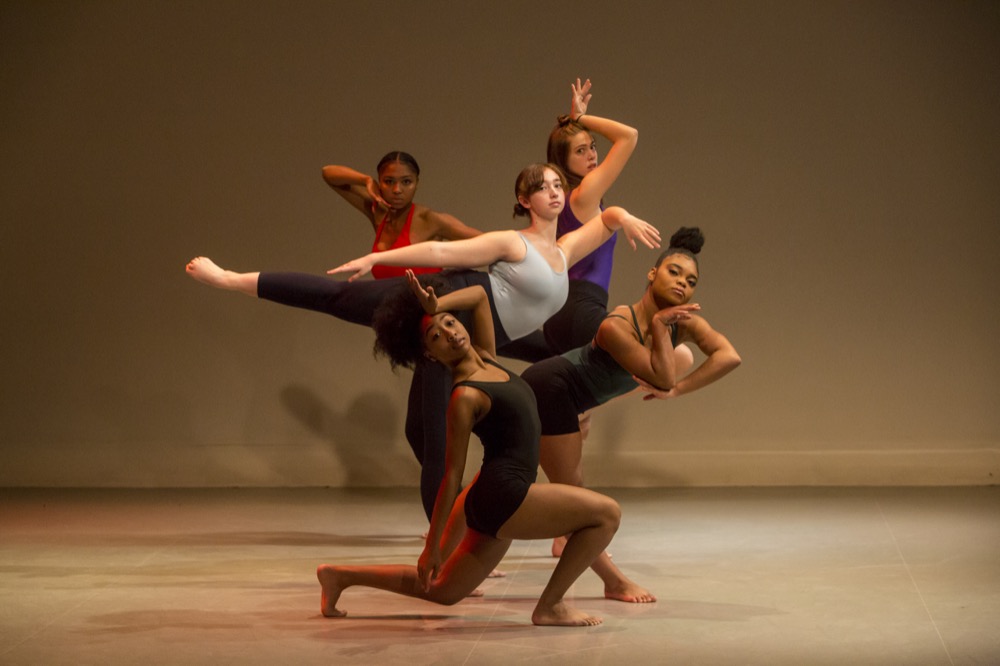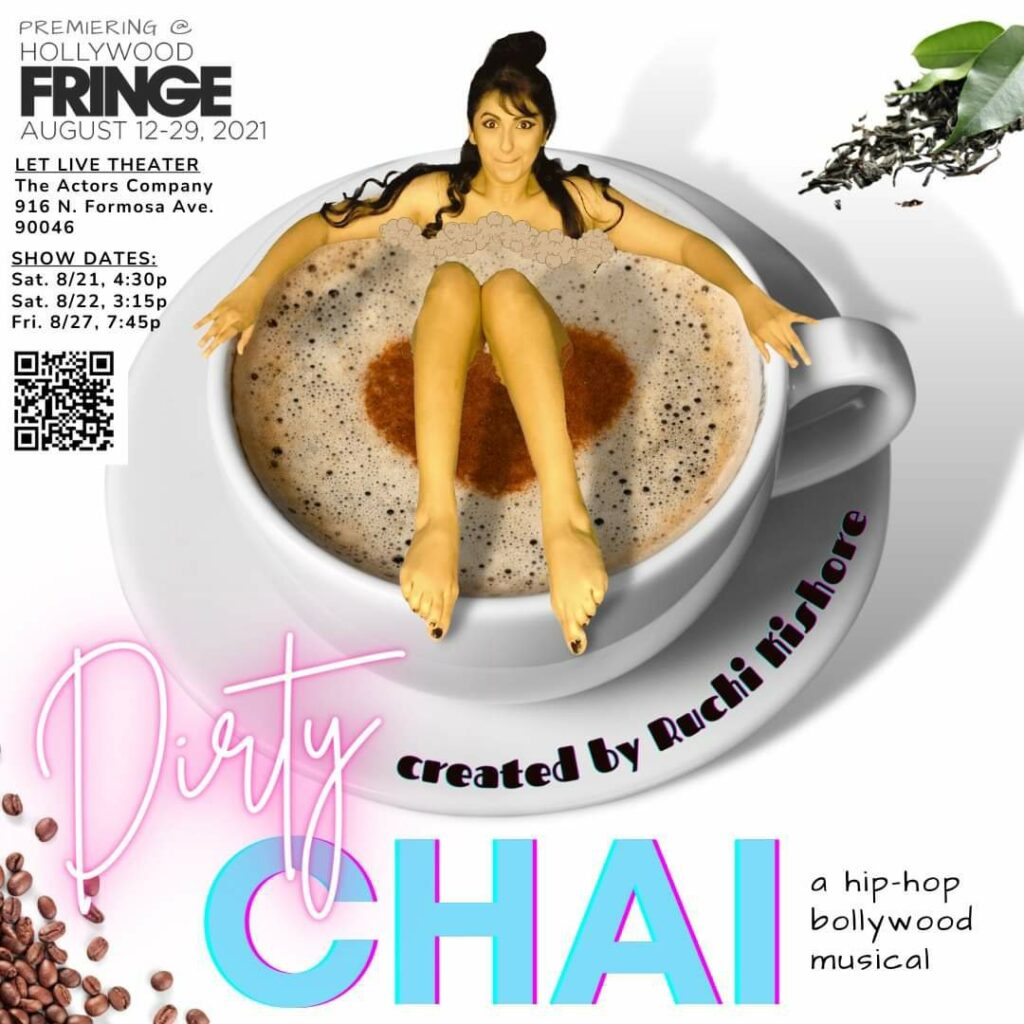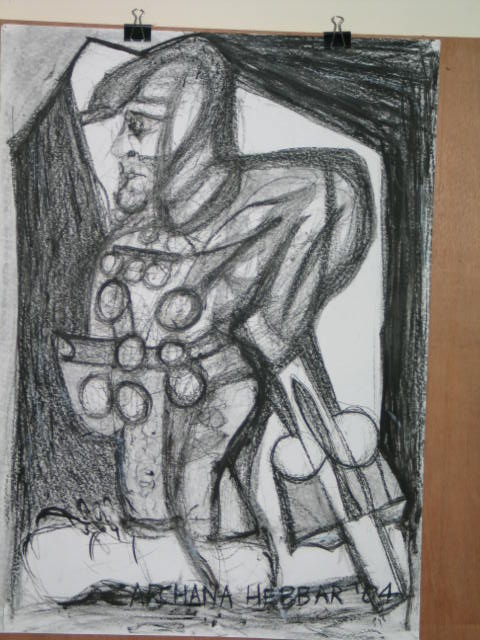The Dance of the Hyperbole
Living for the last two years masked behind a sanitized cloth; with a social distancing even from our loved ones, yet in the same home; sleeping alone in our rooms with our soft pillows as our only bedside companions; not being able to share our tea with our gossiping greying cacophonous neighbour; or even not being able to lend our inner stories to our restless dreams; we are constantly today, creating an artificial world. In this excessive superficiality will we forget we are alive? Do we have voices? Do we have real living pain and words that can be penned? My answer is NO. We as humans are never created with a loss of memory and total negligence to ourselves. We are created instead of choosing to forget, choosing to see our lives as three eased dots…
I see these moments of the easing gentle pauses, the “life moments of truth”. For we as artists, as creators, those little dots are seconds of life, where we can shape and spawn, grow words into lines, lines into paragraphs – of stories, love songs, and poetry of yearnings and being alive in protests.
These small breaths, to many, are simply just hyperboles of grammar, however, to the artist, these are intensely alive, strong, emphatic forceful portions of feelings, of coming to belong to what he only knows is the only truth…his art form.
Let us not even once, then, discount these as mere undecorated flecks, but as gigantic astronomical atoms, that pinpoint to the immense creativity and churning in the human mind. If just one of these little mites gets charged, we create a gigantic reaction in our minds. That chemical reaction is sure to explode, not to destroy but to give birth to a new vision. Despite, us being confined sometimes only to our bed, our Dunlop spring jail does not cause us fatigue or despondency, but becomes a renewed vigour to explore maybe a new set of chord structures; a grand opening line of a play; a brilliant myriad vision of the landscape; or the shy yellow golden sun waiting to be captured in your mobile phone.
So, the point here is to urge one to carefully mark these seconds of the speckles in your life, and turn it around to something beyond our sight, even more, farfetched than we can imagine. I see this applying to all, not only to the artsy right-sided brainers but also to the privileged, analytical, left-sided companions. For we all, need those little moments where we can break into a song, rush and jump to paint, stroking colours green hues or act out each intense dialogue we only wish to hear again and again. Come let’s join in the dainty dance of the hyperbolic few!
-
*Photo by Jerry Naunheim Jr./WUSTL


